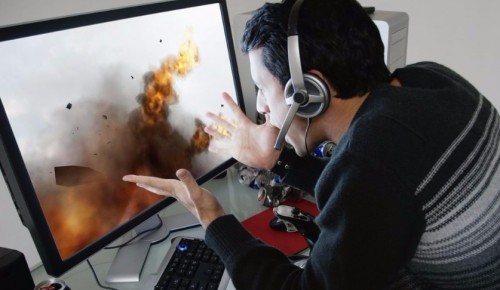RST Telescope is a wide-band infrared observatory, NASA’s sixth “great” observatory, which was recommended in 2010 by the US National Research Council’s Decadal Survey Committee as the top priority for the next decade in astronomy. On February 17, 2016, WFIRST was officially designated a NASA mission. In May 2020, it was named for Nancy Roman, one of the first female leaders at NASA.
The RST observatory is to be the ideological successor and replacement for three missions at once – Hubble, the WISE infrared telescope, and the James Webb Observatory, which is under construction. RST should obtain the first direct photographs of exoplanets, reveal the nature of dark energy, and understand how matter is distributed throughout the universe.
Guide missions RST (Roman Space Telescope) has announced the receipt of 24 detectors, needed to create the main instrument of the telescope – wide-angle camera WFI (Wide-Field Instrument). It is designed to capture visible light and near-infrared (0.48-2.0 µm).
RST detectors consist of millions of photodiodes made of mercury-cadmium telluride. Each one has a resolution of 16 million pixels. A total of 18 detectors will be used in the WFI camera. The remaining six will remain as spares.

The camera will be able to capture parts of the sky with an area of 0.28 square degrees. This is a hundred times the field of view of the Hubble telescope at close resolution. In particular, the tool will be used to observe the large-scale structures of the universe and the influence of dark matter in galaxies. In addition to the camera, RST will also be equipped with a coronagraph. NASA recently approved its design, giving engineers the opportunity to begin fabricating the instrument.
The RST telescope is currently scheduled for launch in 2025. It will be launched into a halo orbit around the Lagrangian point L₂ of the Sun-Earth system.





